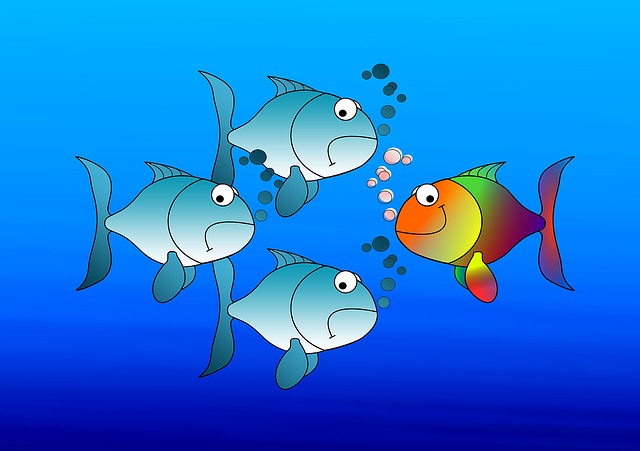Marvin Belzer provides guidance in a meditation podcast on “paying attention”. Marvin was on the faculty of UCLA Department of Psychiatry and Biobehavioral Sciences at the time. He has many years experience with practicising and teaching meditation, having taught a semester-long course on the theory and practice of mindfulness. Among other things, he provides meditations for teens – ways for young people to learn to pay attention and to access calmness and clarity.
Marvin emphasises that “paying attention” is a natural ability that does not require forcing. We can notice things, look at things closely, observe what is happening in front of us – it all comes naturally. However, we have lost the art of focusing because of the distractions in our lives and, particularly, our endless thoughts.
To learn to pay attention again, we need to practise. This practice ideally involves focusing on something simple – our breath, hand, bodily sensations or sounds around us. If we keep the focus simple, we can more easily sustain our attention. As Marvin points out, the process of stabilising our attention on something that is simple (and does not entice our thoughts to go wild), “automatically induces calmness”. If we practise paying attention through daily meditation we also gain clarity, be able to think more clearly.
The challenge of losing attention
If our mind wanders, we do not need to consider this a failure, but “part and parcel” of the process – affirming, firstly, that our mind is active because an intelligent mind needs to exercise itself on something challenging, not something that is simple.
We will find that, as we attempt to pay attention, our mind will suddenly become absorbed in memories, thoughts, emotions or planning – like me, you could end up planning your next activity, working on your to-do-list, deciding how you are going to get to that meeting later in the day.
The important thing is to re-focus without blaming yourself or indulging in negative thoughts and stories about yourself and your perceived “weakness”. A useful technique to use if your are distracted during a meditation is to make the distraction a part of the meditation itself. Instead of consuming energy trying to get rid of the distraction (and distracting yourself more) just notice what is going on – “i see that I am feeling a bit anxious now and I sense a tightness in my shoulders”. You can just name the emotion and feel the sensation in your body.
It is important to remember that you are not trying to perform for anyone else, even yourself. You are not trying to meet anyone else’s rate of advancement. Focusing on something simple is a neutral activity and encourages you to be calm and real – to give yourself permission to be-in-the-moment.
Paying attention meditation can open your mind and heart to creativity. By stilling your mind, you are able to a access what Kabat-Zinn calls the “spaciousness” within. You will gradually overcome your existing habit of “mind wandering” and be able to develop the sustained attention needed to fully access your creative mind.
The process of paying attention is integral to all forms of meditation, with the focus varying from one form of meditation to another. In his podcast, Marvin Belzer leads you through a paying attention meditation that moves from a focus on breath, to listening to surrounding sounds, to undertaking a form of somatic meditation – focusing on your body. As we grow in mindfulness through practising paying attention in meditation, we can readily access calmness and clarity and open our minds to creativity.
By Ron Passfield – Copyright (Creative Commons license, Attribution–Non Commercial–No Derivatives)
Image source: courtesy of Barni1 on Pixabay
Disclosure: If you purchase a product through this site, I may earn a commission which will help to pay for the site, the associated Meetup group and the resources to support the blog.

